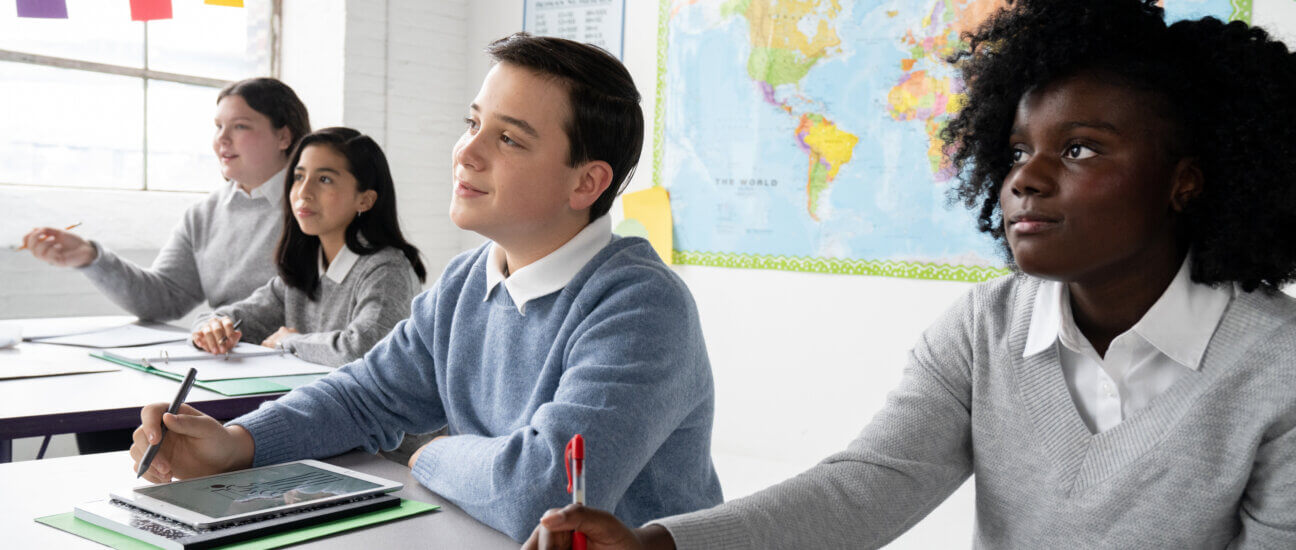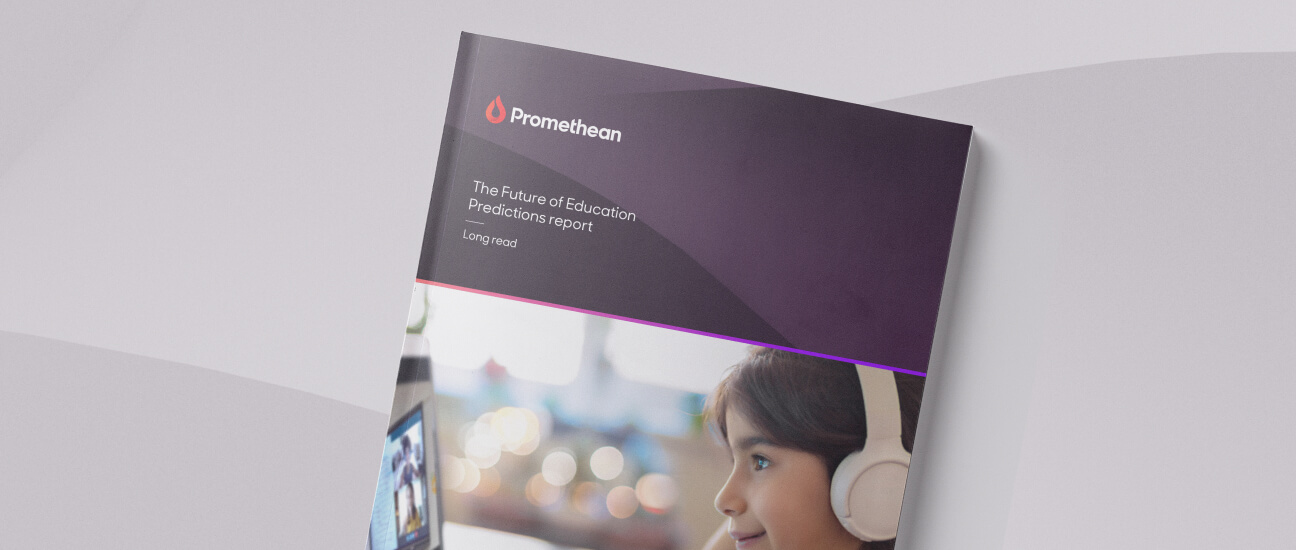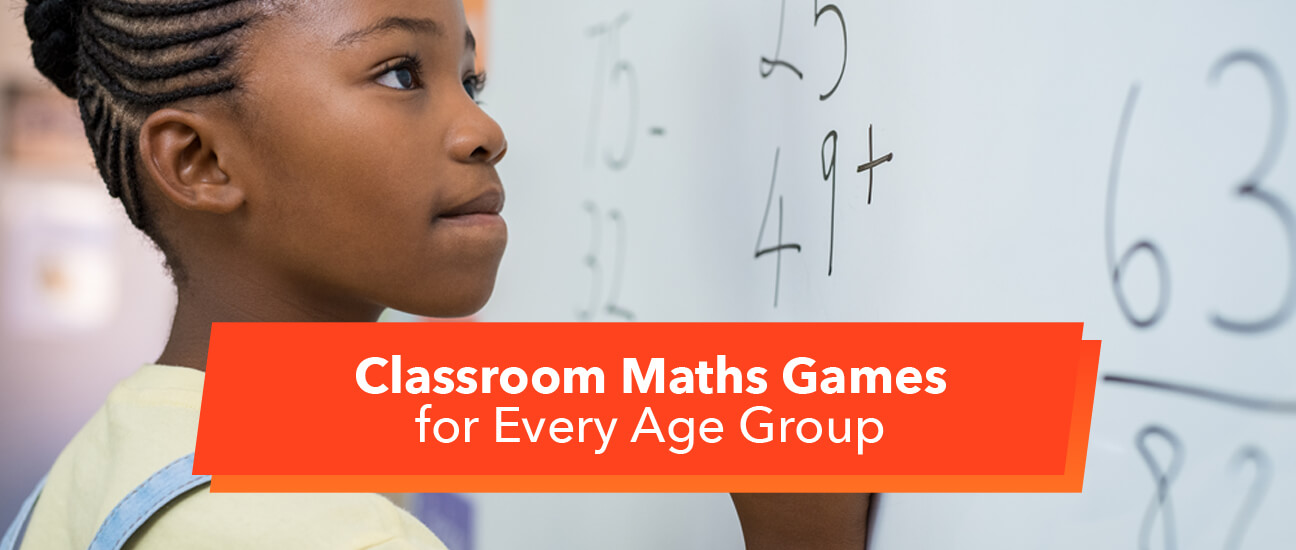The Training and Development Agency for Schools (TDA) introduced differentiation in the classroom to identify pupils with different strengths and weaknesses to help increase their best chance of learning. Differentiation helps teachers get to know pupils with varying levels of readiness to learn. Learn more about teaching different types of learners.
Outlining the differences between learning profiles and their key attributes so teachers know how to identify them in their classroom is an important first step. There are seven main profiles:
1. The invisible child
This student is likely to be quiet and withdrawn, generally making their way through school without any significant impact, good or bad. This learner will often be in the middle set for core subjects like Science, Mathematics and English, will achieve average test scores that parents and teachers don’t feel require any extra attention.
2. The underachiever
This type of pupil will have lots of ability, but will show low levels of interest and readiness. Frustratingly for teachers, his or her ability is evident in communication and personal conduct, but the academic motivation is lacking. Teachers should be willing to invest extra time to build a rapport with this child so they feel comfortable discussing any issues which may be affecting them.
3. The right place, wrong time learner
This pupil’s ability and motivation to learn both score highly, however for a variety of different reasons, their readiness to learn is lower. In the majority of cases, this will be circumstantial. There could be multiple factors affecting why they are not prepared to learn at this stage.
4. The learner with a potential specialism
Often this pupil can be perceived as having a low ability, despite having a medium to high interest level, coupled with a high level of readiness. One of the key considerations when assessing how to nurture a niche learner is patience. Teachers must be prepared to accept that it will take a while longer for this type of student to establish his or her full potential.
5. The unmotivated learner
For any number of reasons, this learner may feel unmotivated and lacks interest, despite presenting solid levels of ability and readiness. However, this type of learner has a highly active mind, so it is imperative to keep him or her interested so that he or she can find the motivation to focus on a particular subject.
6. The perfectly primed learner
Typically, this learner presents high levels of ability, is well equipped with readiness to learn and has a keen interest in his or her chosen subjects. However, teachers must work hard not to overlook these model students. A student with a high ability level is likely to crave stimulation at all times, which comes hand in hand with a desire for attention.
[subscribe-panel]
7. The learner in need
A student with a low ability and a low readiness to learn may have trouble expressing themselves in learning environments. Educators should not be despondent in their approach to dealing with this student. While this learner’s ability may impede him or her from achieving the same grades as those in higher sets, there is no reason why they should not be encouraged to make the best of their abilities.
After distinguishing between these seven types of learners in the classroom, it’s necessary to fully understand the common levels of readiness, ability, and interest that apply to each. Once these different elements have been identified in each learner, specific techniques can be implemented to engage each type of pupil in the most effective way.
Find ways to engage your classroom with a free demo of our ActivPanel – either virtual, remote, or on-site.




